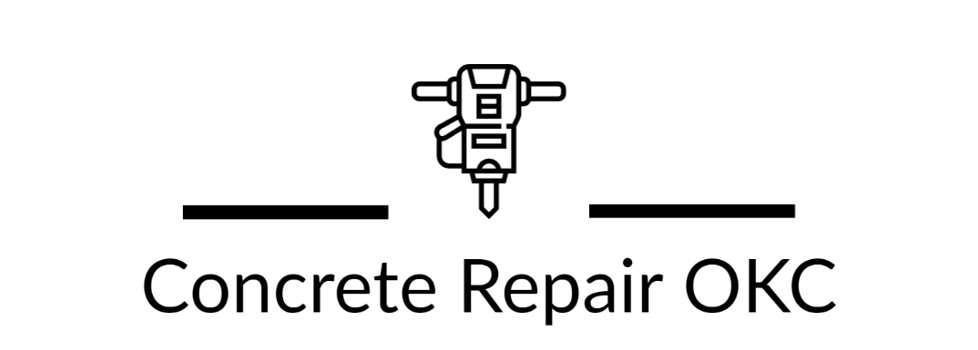Common Types of Concrete Repairs? Concrete is one of the most enduring forms of construction material, but over time it can become worn or damaged. This is where concrete repair can be used to save the structure or the overall aesthetic. In this article, we’ll cover the most common types of concrete repair, what they involve, and when it’s best to call in the professionals compared to when it might be better attempted as a DIY job.
If your concrete pavement, concrete slab, walls, or other structure features start to show signs of age or damage, you want to have it repaired as quickly as possible. This will ensure it’s structurally secure and visually appealing for the long-term. Even minor, seemingly insignificant damage left unchecked could drastically reduce the life of the concrete, either leading to an increase in damage or more expensive and extensive repairs.
The following are the most common types of damage to concrete structures and how to repair them:
Cracks
The most common type of damage to concrete surfaces and structures is cracking. This could be due to shifting or settling of the underlying soil, extreme temperature fluctuations, or drainage adjustment. It’s important to address any cracks quickly, as this type of damage only gets worse with time.
There are two types of crack repairs to be aware of:
Caulking:
Caulking is the most cost-effective way to address minor cracks. This involves using a caulking gun to apply a high-grade silicone sealant into the crack. This not only seals it off and keeps out moisture and debris, but it also helps support the structural integrity of the concrete.
Epoxy Injection:
Epoxy injection is a more costly method of repair but is often used for larger and more complex cracked structures, such as foundations and support pillars. The epoxy is injected using a specialized gun and this not only helps seal off the crack but it also helps strengthen the underlying structure.
Mildew
Mildew is a type of fungus that develops in areas of excessive moisture and humidity. This type of fungus can cause discoloration of the concrete that is difficult to remove. To address mildew, you will need to kill it completely and then clean off the stained concrete.
To kill the mildew, use a mixture of ½ cup of bleach and a gallon of water and mix it in a spray bottle. Please use safety precautions such as protective clothing and safety glasses when using bleach. Once the solution is sprayed liberally onto the affected area, allow it to sit for 10-20 minutes.
After the allotted time has passed, use a scrub brush to break up the mildew. If it doesn’t come off easily, you can use a pressure washer to remove the remaining mildew and residue. Ensure the concrete is completely dry after the cleaning process before continuing.
Discoloration
Discoloration is a common form of damage that can occur on concrete surfaces. This could be due to excessive exposure to the sun or aging of the concrete. To address this type of damage, you will need to use a specialized concrete resurfacing product that bonds to the existing concrete, filling in any small bumps or imperfections.
Once the resurfacing layer is applied, you can add a colored pigment that will be able to match the existing color of the concrete. This is an ideal solution for concrete decks, concrete driveways, and any other exposed concrete structures.
Stains
Stains on concrete can be caused by a variety of sources, including oil, grease, and dirt. For oil and grease stains, you can use a commercial degreasing product. Alternatively, you can use a mixture of baking soda, dish detergent, and vinegar and mix it in a spray bottle.
Spray the solution onto the stain and let it sit for 10-20 minutes before scrubbing off the residue. For dirt and other organic remnants, you can use a commercial detergent and pressure washer to remove the stain.
CONCLUSION:
Regardless of the type of damage that your concrete structure is experiencing, it’s important to address it quickly and with the right types of repair materials to ensure it stays secure and structurally intact. Having a professional from Concrete Repair OKC come to assess the damage is always recommended rather than attempting a DIY repair. DIY repair methods are great for cost savings, but can result in an even greater expense if they fail.
If you’re looking for professional concrete repair services, contact Concrete Repair OKC today to get an assessment of the damage and discuss repair methods that are best for your situation. Their team of experienced personnel can tackle any problem quickly and efficiently.
Hope this helped better understand? Thanks for visiting Concrete Repair OKC
Send us an email by clicking here – Contact Us
